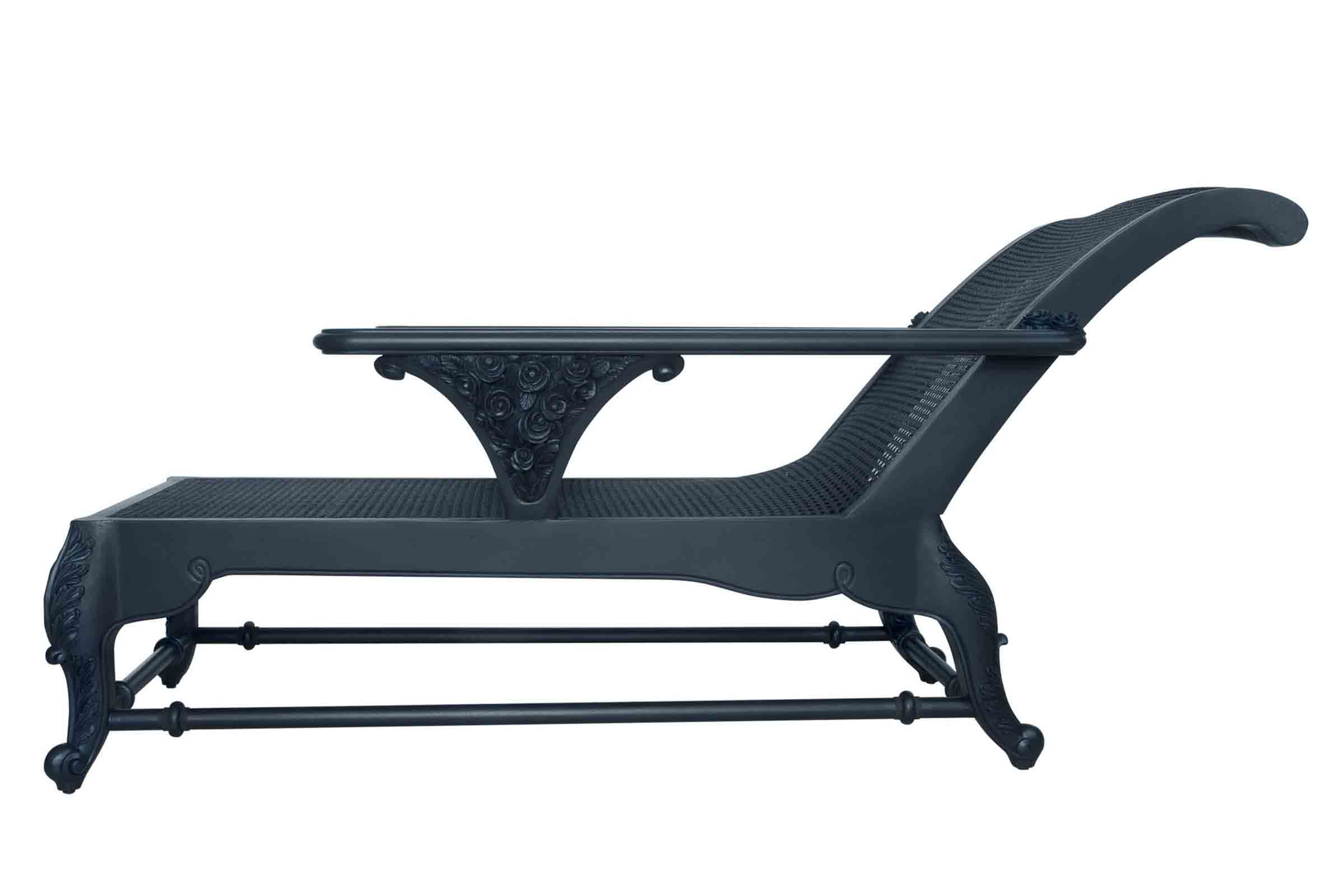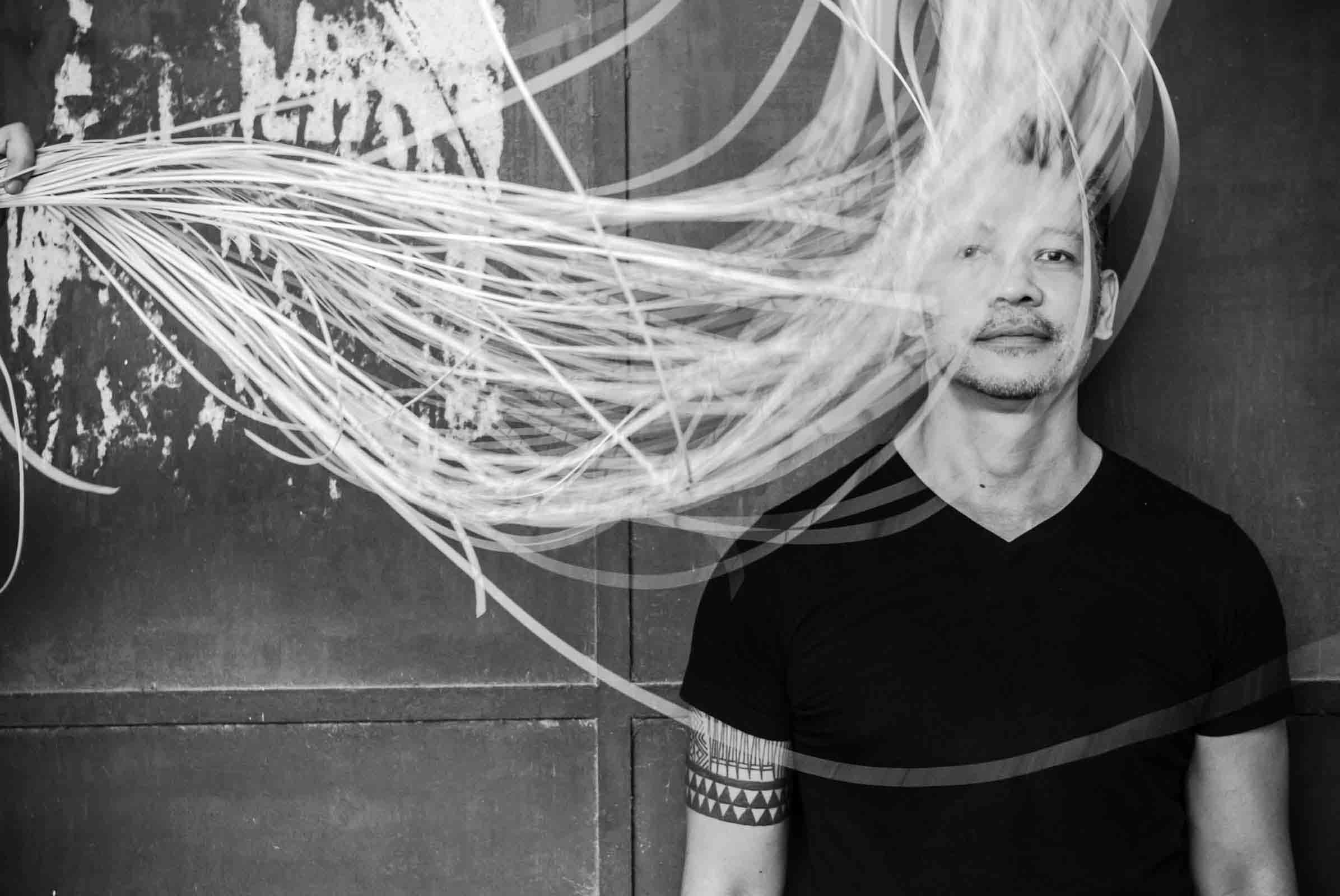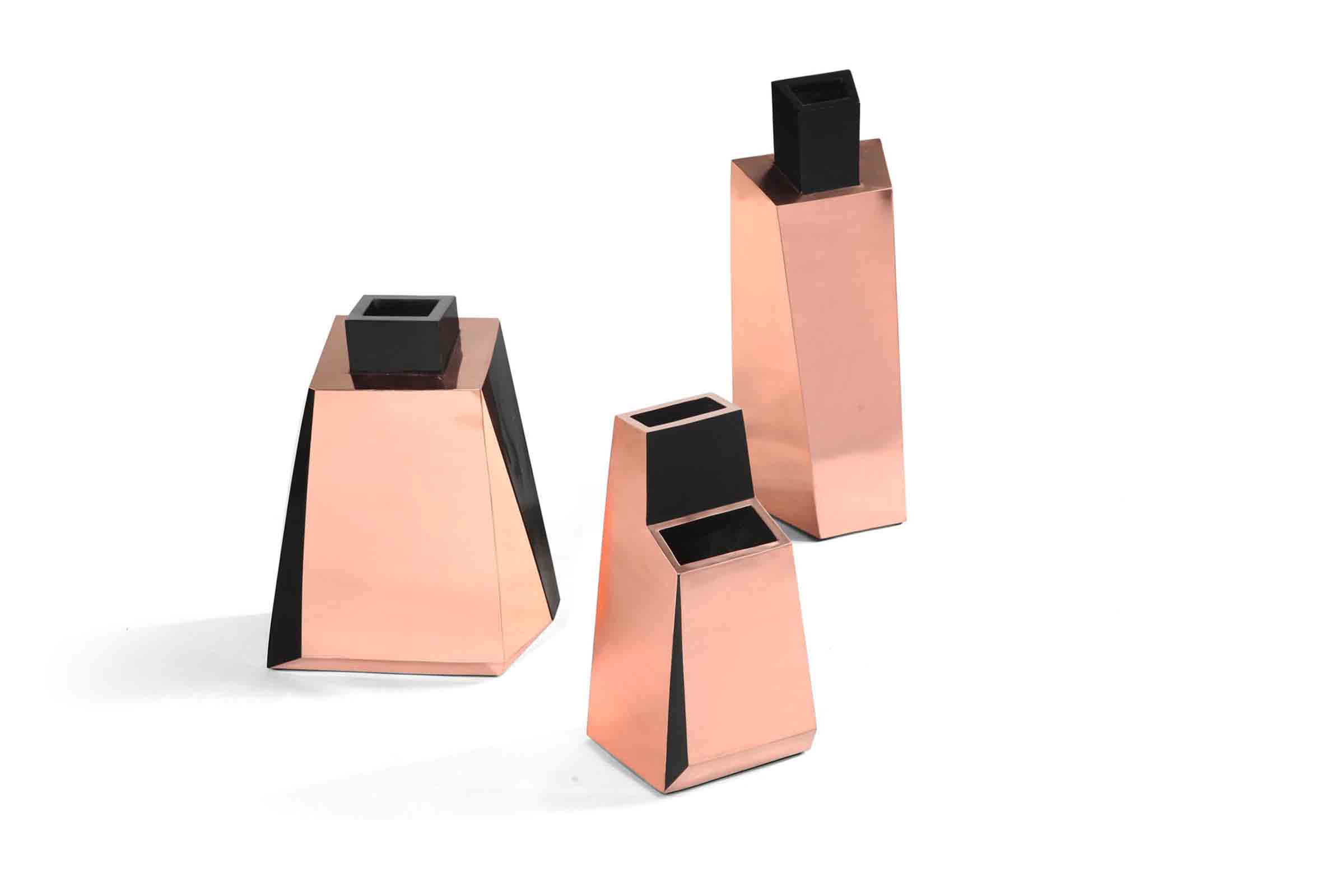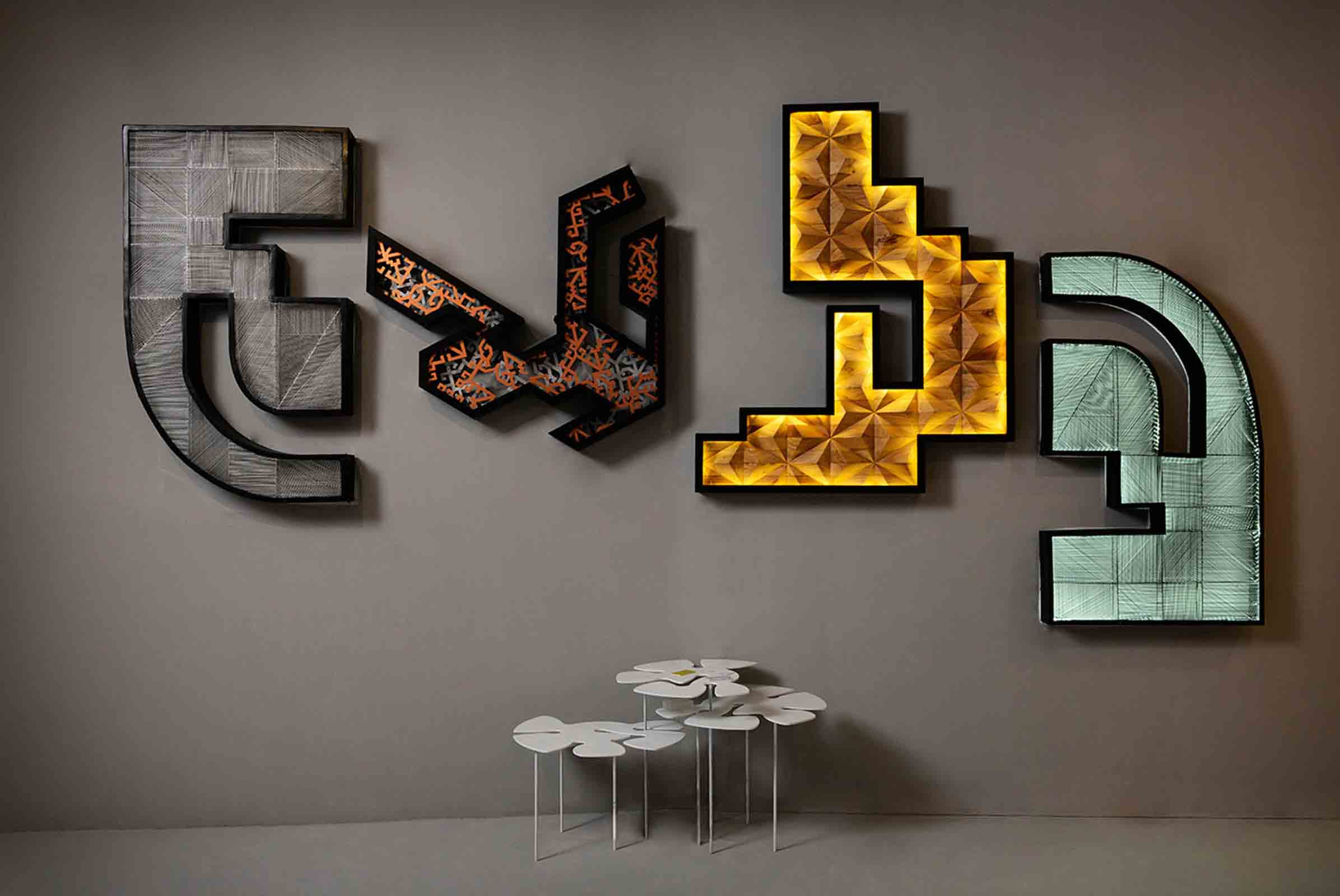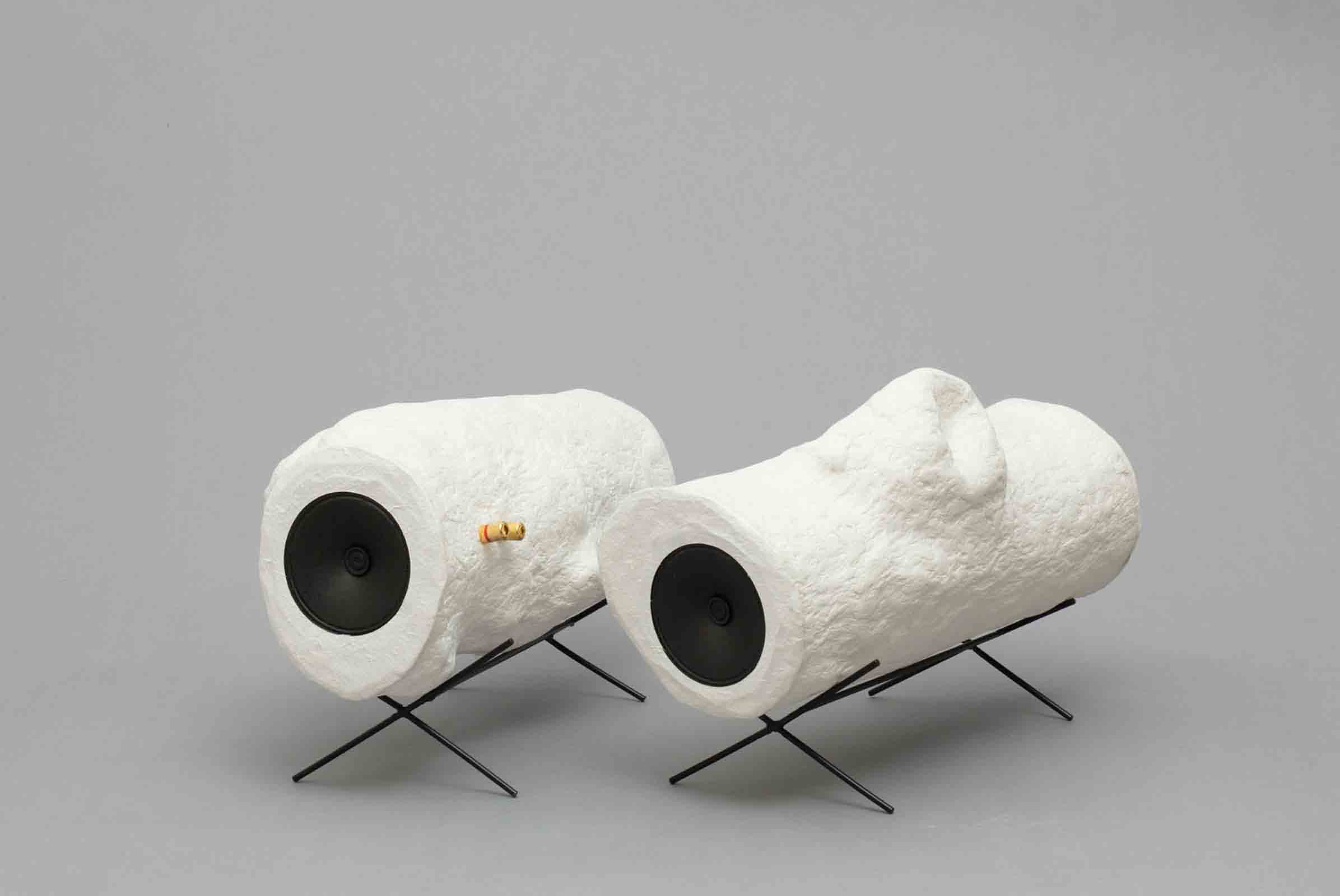State of Design

Manila, over the last decade, has re-established itself as a global gateway, a central design hub with a collection of new shops, studios and galleries opening up. Design Anthology sat down with two of Manila’s best-known design practitioners, furniture designer Ito Kish and industrial designer Stanley Ruiz, to discuss the state of design in the Philippines and how it is gaining greater currency on the global scene.
Design Anthology: How would the two of you define your work in a single phrase?
Stanley Ruiz: Industrial craftsmanship is the essence of my work, in terms of the procedure and materiality, and trans-cultural due to my influences.
Ito Kish: My work’s language is distinctly Filipino, yet something that comfortably belongs in any part of the world.
How would you describe the current state of design in Manila today?
IK: It’s an exciting time for Philippine design. In a way, all this excitement can be attributed to a healthy local economy, which opens the possibility for more creative talents to get excited. The Center for International Trade Expositions and Missions, a government arm of the Department of Trade and Industry, for the first time decided to push for presence in the world’s major trade shows such as Maison&Objet, Salone del Mobile and the ICFF NYC to name a few, as a collective group under the moniker Design Philippines.
It’s been over twelve years since there was a strong presence of Filipino creativity and craftsmanship in those shows. Now there’s a rediscovery that the Philippines has some of the best design talents and can produce pieces that are of artisanal quality. A new wave of designers, which includes Stanley, Daniel Latorre, Lilianna Manahan, Leeroy New to name a few, are making waves. Some of them used to be based abroad and have since returned home to practice. SR: Filipino design companies are showing abroad. It used to be that Kenneth Cobonpue was the only one who displayed, but now we’ve got other brands like Industria Home, Schema, Kish and other companies which are starting to brand themselves. In that sense, I can see a more elevated design aesthetic. There are also more opportunities for designers to show work at trade shows and some off-site venues. That said, the design culture still needs to be developed locally to continue increasing this awareness. Outside of convention centres, we need to have more galleries and smaller venues.
Tell us more about success and liability as a Manila Designer.
SR: As a designer, I have the opportunity to contribute and shape this environment. It’s a big task. Once I have made some kind of design and it is showcased, I feel like I have made a stamp in the city. But at the same time as a designer, I have to be careful about what I’m putting out there, because I might be liable to the contribution of more visual confusion. If you walk or drive around Manila, it’s not a cohesive environment to be in. It’s completely fragmented. As designers we have the opportunity to shape our culture, but there is always a danger to adding to the mess.
What or who do you look to as your local design heroes or inspiration?
SR: In my early days, I looked up to Val Padilla and Milo Naval. Naval has a store at the LRI (Luzon Rattan Industries) Design Plaza too, and he was part of the Filipino regional ‘Movement 8’. His proportions are European but interpreted with local materials, which I also do with my work, where I combine natural materials with industrial ones. It’s my way to elevate the products, mixing industry with artisanal methods. Movement 8 highlighted Philippine design via a representation of the ideal Asian lifestyle.
IK: Years ago I went to Lake Sebu and met the indigenous people, the T’boli, and I was amazed by their traditional design processes. Everything was made by hand and can be traced from nature, their environment and the old tradition, which is truly original. For local designers, Budji Layug is one designer who I discovered growing up and still admire. From within the new breed of designers, I like the aesthetics of Stanley.
How has the local government supported your career?
SR: Manila has been very receptive of my work. I’m fortunate to have agencies like CITEM support me now. However, when I started, I didn’t really look for sponsorship or support from the government. It’s still quite tough to be a young designer in Manila, as it took me a few years to get recognition, and to build a network. I definitely did my own legwork. Kenneth or Ito make their own furniture. But for me, I designed for a number of foreign companies abroad before I started Studio Ruiz. I’ve been working in this home furniture industry since I was a student, which is a long time. IK: My first foray into design was via Manila FAME, the biannual trade exposition organised by CITEM. One of my pieces got the Katha Award for product design for furniture and that opened doors, including press coverage, which right away established me as a furniture designer. CITEM decided that it was time Filipino designers return to international trade shows through Design Philippines. Since 2013, we’ve participated in five shows and all were subsidised by CITEM. That’s good support. Our participation gives a way for international buyers to see our products and adds curiosity.
How has the Manila design industry evolved in talent pool and recognition?
IK: The Philippines is very handicraft-based because of the abundance of natural materials. Now people are swaying to authenticity and artisanal products as everyone admits that the Philippines is a place to source for that. Manila FAME is the second oldest trade show next to the Canton Fair, harnessing more than 500 designers and manufacturers to explore, create and design Filipino products based on the abundance of our natural materials. SR: In the early 2000s, I used to work with export companies for the international market. The volume of products that we sold was huge. But it wasn’t available locally. There were no venues for young designers to show their work beyond furniture shows. But now venues like the LRI Design Plaza in Makati and Triboa Bay exist with nice showrooms. But when I started as a design consultant 15 years ago, design knowledge was already flourishing. New design schools were opening and existing schools were adding new design courses. Now in 2015, more design talents are out there, creating, collaborating, exhibiting, discussing, uploading and selling more designs than ever.



